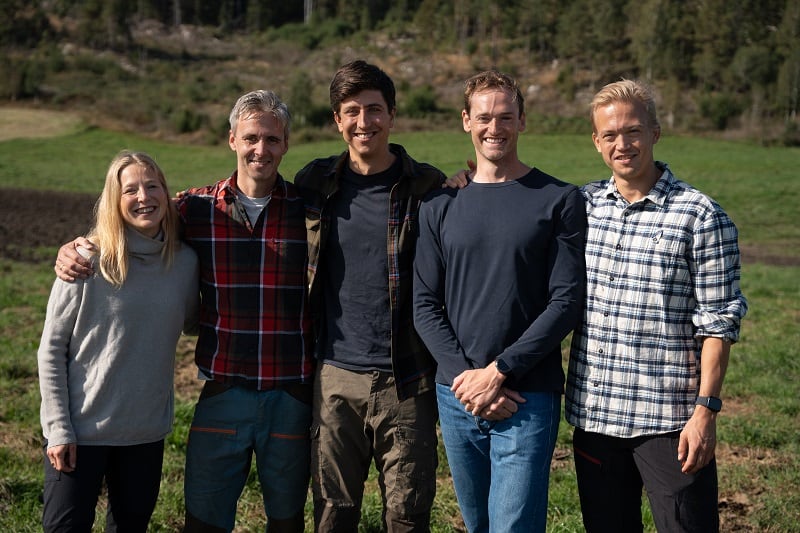Speaking to ATN, chief commercial officer Marielle Hvide said the funding – believed to be Europe’s largest agri-tech funding round of the year – will allow Nofence to “expand globally, especially further in the US and in the EU,” while also enabling the company to “invest more in our product” to support both existing and emerging use cases.
While the company has not disclosed specific customer acquisition targets, Hvide confirmed that Nofence is focused on maintaining its strong growth trajectory. “We are a scale-up looking for strong growth, as we’ve already seen so far,” she said.
The company’s virtual fencing collars use GPS technology to contain livestock without the need for physical barriers. In recent months, Nofence made technical upgrades to improve connectivity in rural areas – a key challenge for digital livestock management solutions.
Hvide said the product roadmap includes further enhancements to improve usability and expand the technology’s applicability across different geographies and livestock systems.
Significant milestone
The Series B round marks a significant milestone for Nofence, which has been steadily gaining traction (mainly in Norway, the UK, Ireland, Spain, and the US) among farmers seeking more flexible, sustainable, and labour-efficient grazing solutions.
“We’ve already sold 150,000 collars across the world, so the product is more than ready, and we have 99.3% containment rate,” Hvide said.
The Norwegian company uses solar-powered GPS collars (put on cattle, sheep, and goats) and a mobile app to control and monitor in real time grazing animals without physical fences.
The collars emit audio warnings or mild electric pulses when an animal approaches a boundary. The benefits to farmers who manage grazing areas remotely include improved pasture productivity, animal welfare, and farm efficiency.
Another unicorn?
The company said it welcomes the competition from rival virtual collar start-up Halter – now one of New Zealand’s rare unicorns – although the companies are focussed on slightly different segments, with Halter not as established in the European market.
“It’s important to remember that virtual fencing is still a very small part of the market,” Hvide said. “Positive traction” for other players is “very positive for the category” as a whole, she said, and helps to establish that these products “are the norm and are working”.
But a barrier to growth is the fact some European countries including Germany, Switzerland, Denmark and Sweden currently prohibit or restrict the use of virtual fencing, mainly due to concerns about animal welfare associated with the low-level electric pulse used as part of the system. The regulatory environment is evolving, however, and there is ongoing discussion and potential for some relaxation of these rules, the company said, pointing to research data that shows that it does not provide additional stress to the animals.





